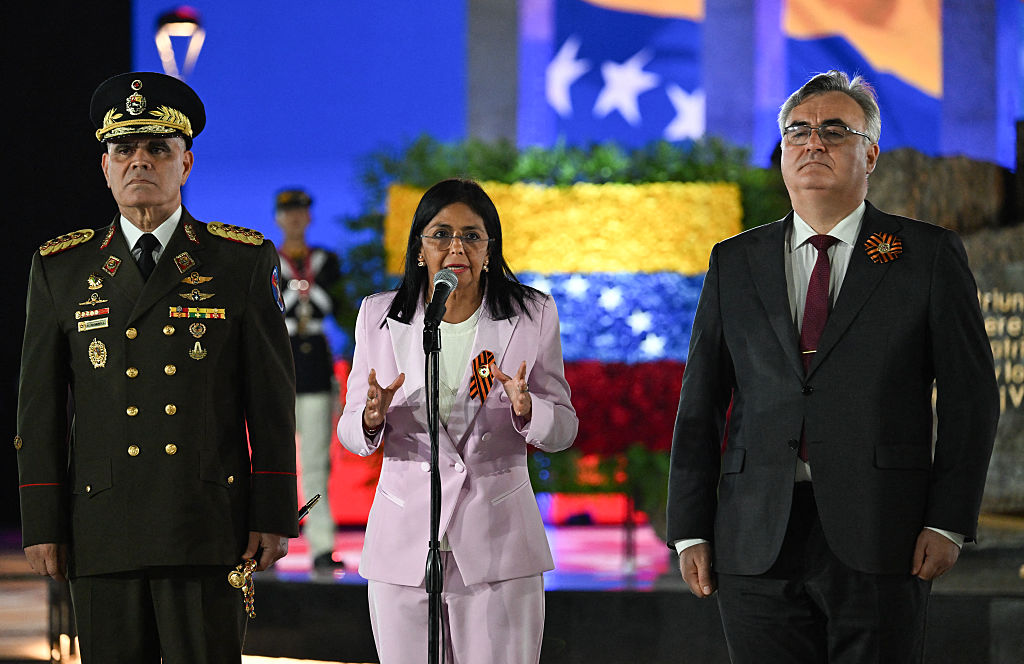Summit of the Americas Opens in L.A. as U.S. Grapples With Deteriorating Relations
Summit of the Americas Opens in L.A. as U.S. Grapples With Deteriorating Relations
"There is a role for summitry...but we need to think strategically rather than geographically," said AS/COA's Eric Farnsworth to the Los Angeles Times.
It was the early 1990s, and the Western world seemed full of promise. The Soviet Union had collapsed, and the Cold War that had gripped and shaped global politics for decades was over.
So were many of the wars in Central America and some of the most intractable and brutal military dictatorships in South America, from Argentina and Chile to Brazil. […]
"From our perspective, it was an exciting opportunity with Latin America and the Caribbean,” said Eric Farnsworth, who worked with McLarty in the Clinton White House and is now vice president of the Council of the Americas and Americas Society. “You had mutual interests. It was a region deciding to come together. And it was a different leadership class, more technocratic, focused on growth. There was a chance to promote a different path.”
Farnsworth and others say the halcyon days of 1994 began to fall away just five years later. In Venezuela, former military commander Hugo Chávez, a charismatic, firebrand socialist, won an election and was sworn in as president. He stayed in power until his death in 2013, buoyed by spikes in the price of oil, Venezuela’s main export. His hand-picked successor, Nicolás Maduro, oversaw the destruction of Venezuela’s economy, healthcare system and any remaining democratic freedoms. […]
"My sense is there is a role for summitry...but we need to think strategically rather than geographically,” Farnsworth said. […]








